Insurance Streamlines Auto Body Collision Repair Process
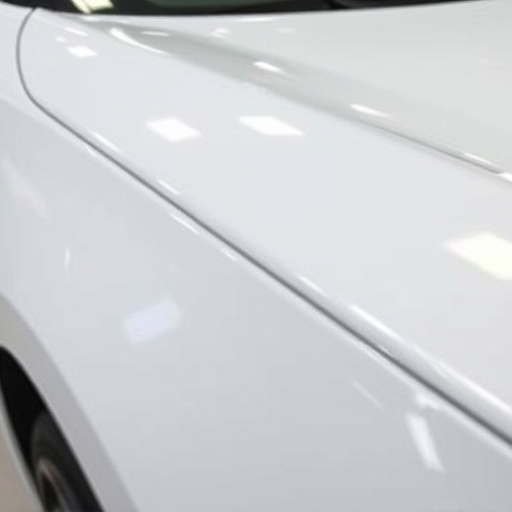
Insurance is vital for auto body collision repair industry, facilitating specialized services and ti…….
Auto body collision repair is a critical component of the automotive industry, focusing on restoring damaged vehicles to their pre-accident condition. It involves intricate techniques, advanced technologies, and skilled professionals to ensure safety, quality, and customer satisfaction. This article aims to provide an in-depth exploration of the world of auto body collision repair, covering its historical roots, global impact, economic significance, technological innovations, regulatory framework, challenges, successful implementations, and future prospects. By delving into these aspects, readers will gain a comprehensive understanding of this vital sector.
Auto body collision repair is the process of fixing and restoring damaged motor vehicle bodies after an accident or collision. It encompasses several key stages:
Assessment and Planning: The initial step involves thoroughly inspecting the vehicle to identify damage, including dented panels, cracked glass, and structural integrity issues. A detailed plan is then created to guide the repair process.
Dismantling and Preparation: Skilled technicians carefully dismantle damaged components, taking note of their original placement and condition. The body shop prepares these parts for either replacement or specialized repair techniques.
Panel Repair and Replacement: This phase includes straightening bent panels, replacing damaged ones, and ensuring proper alignment. Advanced tools like hydraulic presses and robotic welding systems are employed to achieve precision.
Paintless Dent Repair (PDR): PDR is a non-paint technique used for minor dents and creases. It involves specialized tools to gently push out the dent from the inside, leaving no visible evidence of damage.
Painting and Finishing: After structural repairs, the vehicle undergoes meticulous painting to match its original color precisely. This step ensures aesthetics and long-term protection.
Final Inspection and Quality Control: The repaired vehicle is thoroughly inspected for any defects or inconsistencies. Quality control measures ensure it meets industry standards and customer expectations.
Auto body collision repair has evolved significantly since the early days of automobiles. Here’s a glimpse into its historical journey:
Early 1900s: The automotive industry was in its infancy, and collision repairs were often basic, focusing on straightening frames and replacing simple panels.
Post-World War II: With the rise in automobile ownership, collision repair shops began to proliferate. This era saw the introduction of more sophisticated tools like hydraulic presses for panel straightening.
1960s – 1970s: The industry advanced with the development of robotic welding systems, improving efficiency and precision in metal fabrication. Paint technology also progressed, enabling better color matching.
1980s – 1990s: Computerized diagnostic tools and paintless dent repair (PDR) techniques emerged, revolutionizing the industry. These innovations allowed for more cost-effective and less time-consuming repairs.
21st Century: Advanced technologies like laser alignment, robotic welding, and advanced paint systems have elevated auto body collision repair to new heights of precision and quality.
Auto body collision repair is a global industry, with varying practices and standards across regions. Key factors shaping its international landscape include:
Regulatory Compliance: Different countries have unique safety regulations and environmental standards that impact the repair process. For instance, the European Union’s strict emissions and recycling guidelines influence the disposal of damaged vehicles.
Cultural Differences: Cultural attitudes towards vehicle ownership and maintenance vary worldwide. In some regions, such as Asia, there is a higher appreciation for pristine condition vehicles, driving demand for meticulous repair techniques.
Market Dynamics: Economic conditions and insurance practices significantly affect collision repair industries. Developed nations often have more sophisticated repair infrastructure due to higher vehicle ownership and advanced insurance systems.
The auto body collision repair industry exhibits diverse trends across regions:
| Region | Trend | Description |
|---|---|---|
| North America | Advanced Technology Adoption | The US and Canada lead in adopting cutting-edge technologies like robotic welding, PDR, and computer-aided design (CAD) for precise repairs. |
| Europe | Strict Environmental Standards | Stringent environmental regulations encourage the use of eco-friendly materials and recycling practices in vehicle repairs. |
| Asia | Growth in Luxury Vehicle Repairs | Rapidly growing economies in Asia have led to an increase in high-end vehicle ownership, driving demand for specialized collision repair services. |
| Latin America | Rising DIY Culture | A growing trend of do-it-yourself (DIY) repairs influences the market, with some regions seeing a decrease in traditional shop visits. |
The auto body collision repair market is influenced by several economic factors:
Vehicle Ownership Rates: Higher vehicle penetration drives demand for collision repair services. Countries with extensive road networks and robust automotive industries typically exhibit larger markets.
Insurance Sector: Insurance companies play a pivotal role in the industry. They influence repair practices through preferred shop networks, coverage policies, and cost containment measures.
Economic Downturns: Recessions can impact the market as consumers may delay non-essential repairs or opt for cheaper alternatives. However, long-term trends show recovery due to increasing vehicle registrations.
Auto body collision repair contributes significantly to economic systems:
Job Creation: The industry supports numerous jobs, from skilled technicians and painters to administrative personnel and shop managers.
Business Opportunities: Collision repair shops provide a vital service, fostering local business growth and supporting the automotive supply chain.
Economic Multiplier Effect: Spending on collision repairs can stimulate related industries, such as parts suppliers, paint manufacturers, and insurance companies, creating a ripple effect in the economy.
Technology has revolutionized auto body collision repair, leading to increased efficiency, improved quality, and enhanced safety:
Computerized Diagnostics: Advanced diagnostic tools enable technicians to quickly identify issues, reducing time wasted on unnecessary repairs. These systems also help in precise damage assessment.
Robotic Automation: Robotic welding and assembly lines streamline the production process, allowing for faster and more consistent results. Robots can handle repetitive tasks, freeing up human labor for complex procedures.
3D Imaging and Printing: 3D imaging technology captures detailed vehicle structures, aiding in precise repairs. 3D printing offers the ability to create custom parts, reducing lead times and costs.
Virtual Reality (VR) Training: VR training simulations provide immersive learning experiences for technicians, allowing them to practice complex repair procedures without real-world risks.
The future of auto body collision repair holds immense potential through:
Artificial Intelligence (AI): AI algorithms can analyze damage patterns, predict repair complexities, and optimize process planning, leading to more efficient operations.
Internet of Things (IoT): IoT devices can monitor vehicle conditions, enabling proactive maintenance and reducing the need for collision repairs.
Advanced Materials: Development of lighter, stronger, and more eco-friendly materials will simplify repairs and enhance structural integrity.
Auto body collision repair is subject to various policies and regulations aimed at ensuring safety, quality, and environmental protection:
Safety Standards: Organizations like the National Highway Traffic Safety Administration (NHTSA) in the US set minimum safety standards for vehicle repairs, including structural integrity and crashworthiness.
Environmental Regulations: Strict environmental laws govern the disposal of damaged vehicles, recycling of materials, and emissions from repair facilities. The European Union’s End-of-Life Vehicle Directive is a notable example.
Consumer Protection: Policies protect consumers’ rights to receive quality repairs and transparent pricing. These regulations ensure fair practices within the industry.
Policies and regulations have a profound impact on collision repair businesses:
Compliance Costs: Adhering to safety and environmental standards incurs additional costs, influencing shop margins.
Standardization: Regulations drive standardization in repair procedures, ensuring consistency across regions.
Innovation Incentives: Some policies encourage the adoption of advanced technologies by offering incentives or subsidies for eco-friendly and innovative solutions.
The auto body collision repair industry faces several challenges:
Skilled Labor Shortage: The demand for skilled technicians often exceeds supply, leading to labor shortages in many regions. This gap can result in longer wait times and higher costs.
Technological Complexity: Keeping up with rapidly evolving technologies requires significant investment in training and equipment, posing a challenge for smaller shops.
Regulatory Compliance Costs: Staying compliant with varying regional regulations can be burdensome, especially for multinational repair networks.
To address these challenges:
Training Programs: Governments and industry bodies should collaborate on comprehensive training programs to develop a skilled workforce.
Industry Partnerships: Businesses can partner to share resources and expertise, fostering innovation and addressing labor shortages.
Standardized Regulations: Harmonizing regulations across regions can reduce compliance costs for repair shops operating in multiple markets.
The following case studies highlight successful applications of auto body collision repair:
Case Study 1: GreenAuto Repair, USA
GreenAuto, a leading US repair chain, implemented an eco-friendly initiative focusing on sustainable materials and processes. They invested in advanced recycling systems, reducing waste by 40%. This approach not only minimized environmental impact but also attracted environmentally conscious customers, boosting their market share.
Case Study 2: Tokyo BodyWorks, Japan
Tokyo BodyWorks pioneered the use of robotic PDR technology in Asia. By automating the dent repair process, they achieved remarkable results while reducing labor costs by 30%. This innovation enabled them to offer competitive pricing without compromising quality, gaining a reputation for excellence.
Case Study 3: AutoRestoration Network, Europe
This European network of collision repair centers implemented a centralized digital system for damage assessment and claim processing. The platform streamlined operations, reducing average repair times by 25% while improving customer satisfaction through real-time updates.
The future of auto body collision repair is filled with promising opportunities:
Electric Vehicle (EV) Repairs: With the rise of EVs, specialized repair facilities will be needed to handle unique challenges like battery pack damage and high-voltage systems.
Autonomous Vehicle Accidents: As autonomous vehicles become more prevalent, repair procedures may evolve to accommodate advanced safety features and sensor replacements.
Remote Diagnostics and Repair: Remote monitoring technologies will enable predictive maintenance, reducing the need for minor repairs. Drones and robotics could assist in on-site damage assessments.
Collision repair businesses should focus on:
Diversifying Services: Expanding beyond traditional repairs to include vehicle detailing, paint protection coatings, and specialized cosmetic services can attract a broader customer base.
Adopting Digital Technologies: Investing in digital tools for marketing, scheduling, and customer engagement will enhance operational efficiency and customer experience.
Sustainability Initiatives: Embracing eco-friendly practices and materials will appeal to environmentally conscious consumers and potentially reduce regulatory compliance costs.
Auto body collision repair is a dynamic and essential sector within the automotive industry, playing a critical role in ensuring road safety and vehicle longevity. From its historical roots to global trends, technological advancements, and future prospects, this field continues to evolve, driven by economic factors, regulatory frameworks, and consumer demands. By addressing challenges, adopting innovative solutions, and staying abreast of emerging trends, auto body collision repair professionals can contribute significantly to the automotive ecosystem’s overall health and sustainability.
Q: How do I choose a reputable auto body collision repair shop?
A: Look for shops with certifications from recognized organizations, positive customer reviews, transparent pricing, and a proven track record of quality work. Inquire about their training programs and adherence to industry standards.
Q: Are there any eco-friendly options for vehicle repairs?
A: Absolutely! Many repair shops now offer eco-friendly services, such as using biodegradable or recycled materials, implementing energy-efficient practices, and promoting proper disposal of automotive waste.
Q: Can I get my car repaired while it’s still under warranty?
A: It depends on the terms of your warranty. Some manufacturers allow for certain repairs during the warranty period, while others may require you to use authorized service centers or specify repair procedures. Always check with your manufacturer or dealer.
Q: How can I reduce the cost of collision repairs?
A: Compare estimates from multiple shops, ask about financing options, and consider repairing minor damage yourself if it’s safe. Regular maintenance can also prevent more expensive repairs in the long run.
Q: What should I do immediately after a car accident?
A: Ensure everyone’s safety first. Move to a safe location if necessary. Exchange information with the other driver(s) and notify your insurance company promptly. Document the scene, including taking photos of the damage. Seeking medical attention is crucial, even for seemingly minor injuries.

Insurance is vital for auto body collision repair industry, facilitating specialized services and ti…….
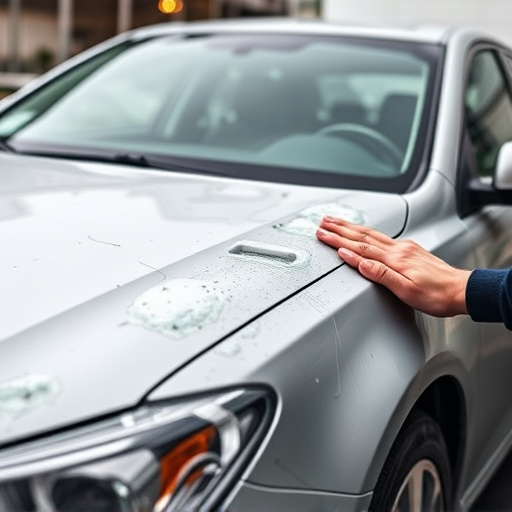
Auto body collision repair begins with assessing frame damage using advanced tools like frame straig…….
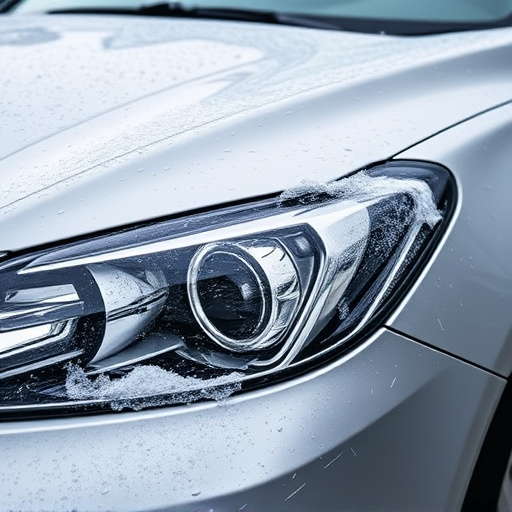
When selecting an auto body collision repair shop, prioritize reputation metrics including customer…….
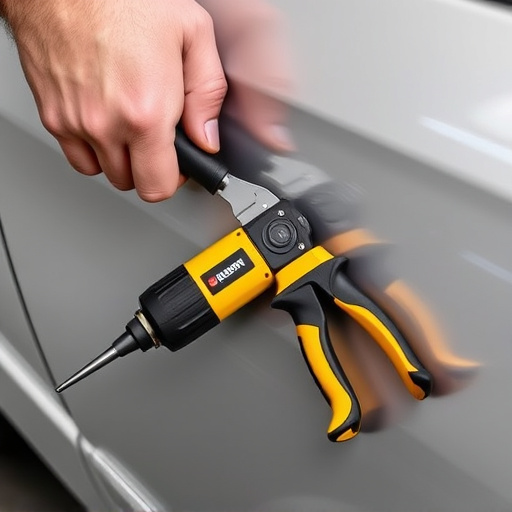
Mobile auto body collision repair services have experienced significant growth, offering convenient…….
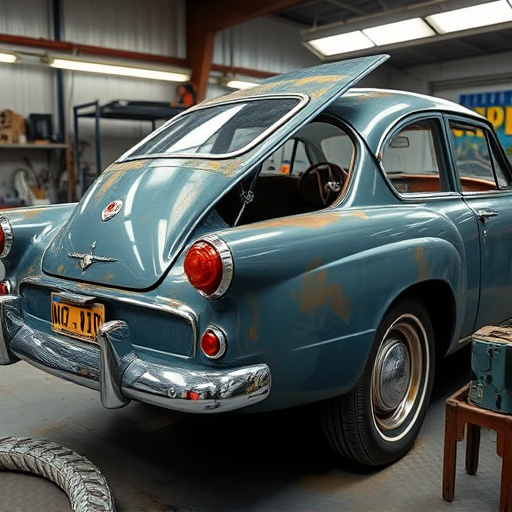
Auto body collision repair is a complex process ensuring structural integrity and safety of vehicles…….
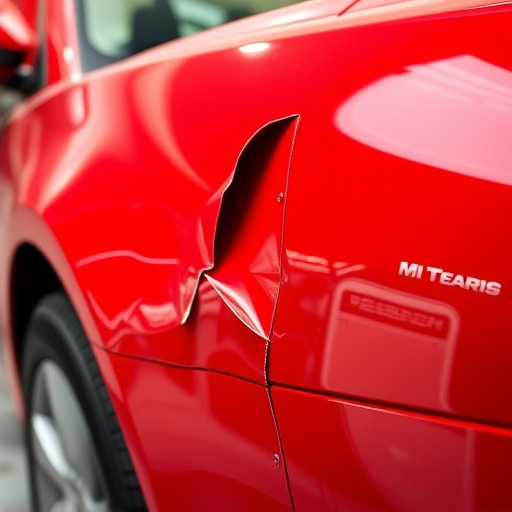
Before auto body collision repair, verify insurance coverage and choose an approved vendor for seaml…….

Advanced technologies like 3D scanning and CAD software, along with non-destructive testing (NDT) me…….
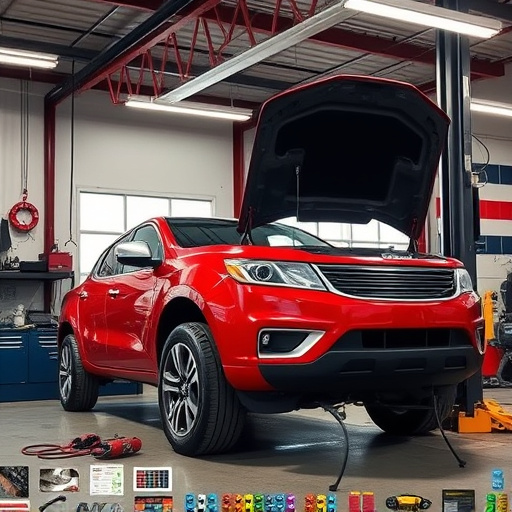
Auto body collision repair experts are vital for restoring vehicles post-accident, combining technic…….

Advanced tools like CAD software, 3D scanning, and diagnostic sensors revolutionize auto body collis…….
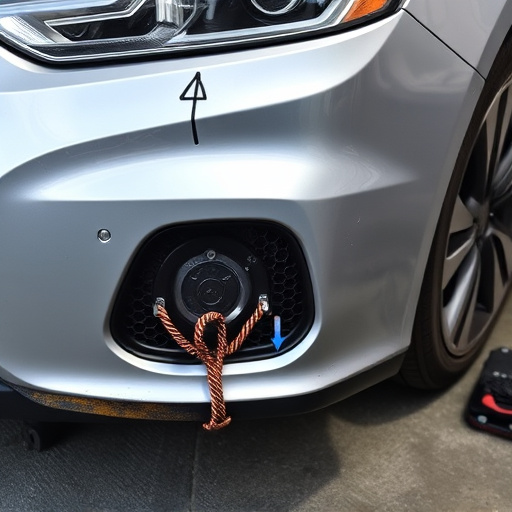
Mobile auto body collision repair services offer convenient and efficient solutions for vehicle dama…….